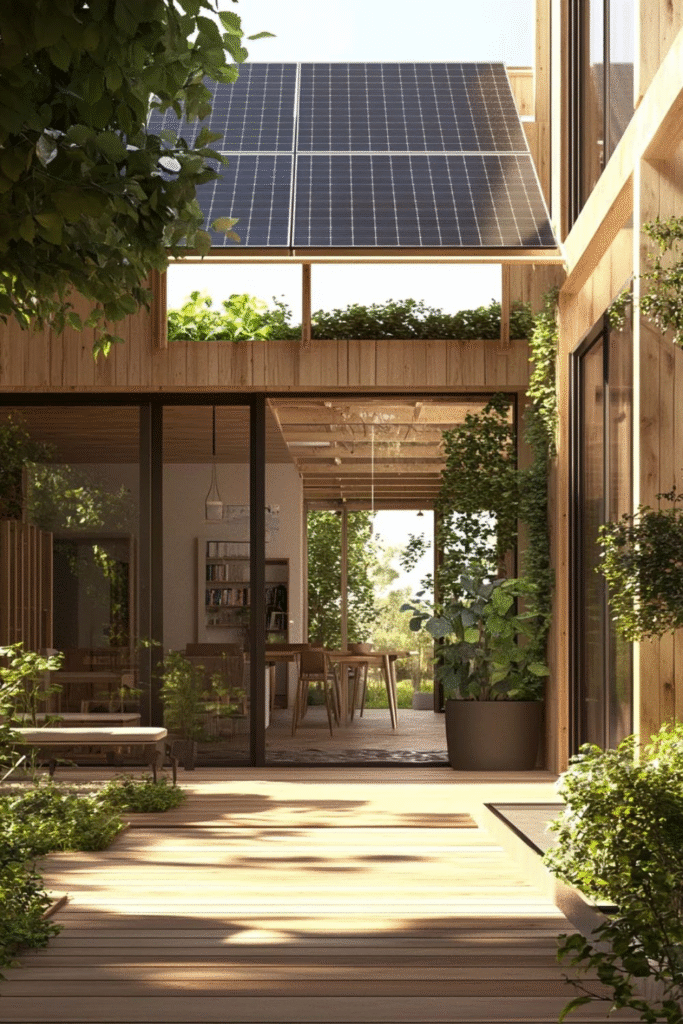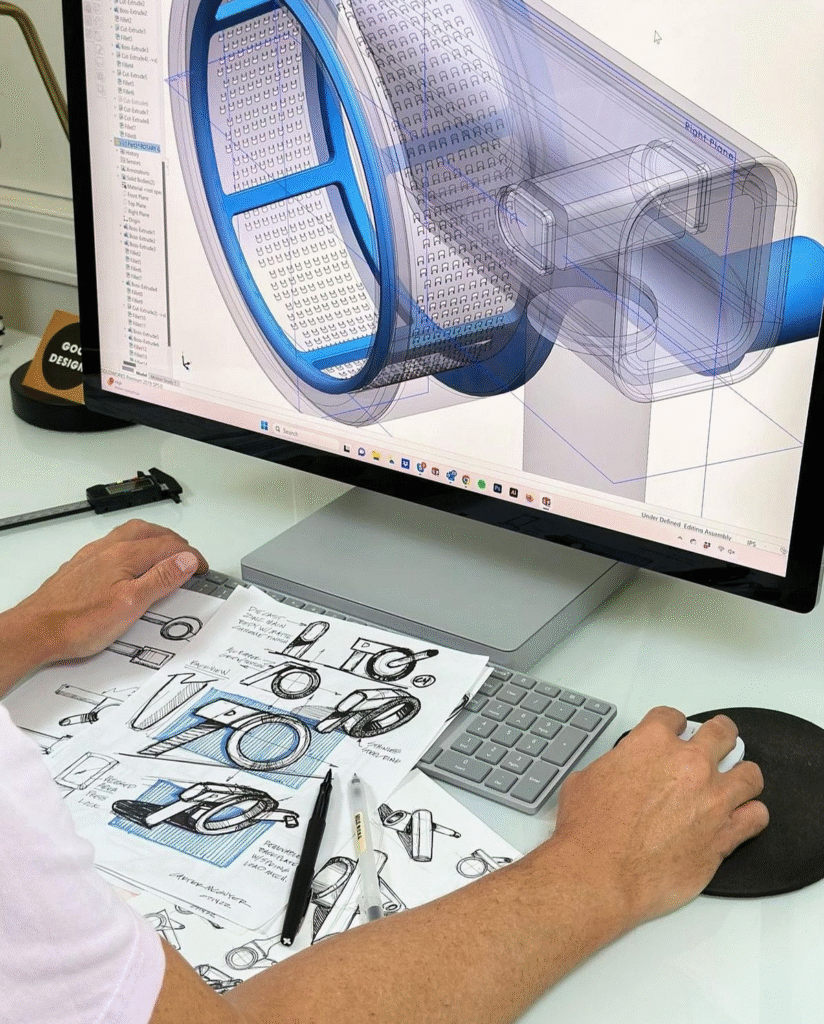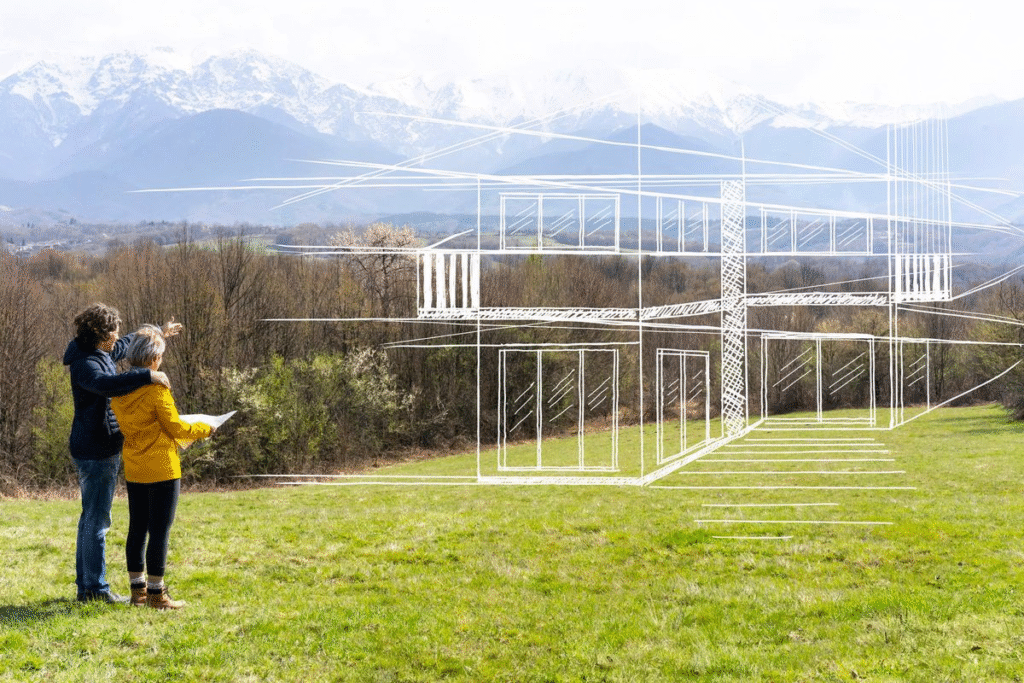In the post-REIT era of India, something subtle yet seismic is happening.
Luxury is no longer about square footage.
It’s about storytelling.
And the newest storytellers aren’t giant real estate firms — they’re micro-developers in Ambala, Jaipur, Surat, and Indore.
In a landscape once ruled by brochures filled with marble finishes and parking stats, today’s homes are whispering words like “limited edition,” “curated,” and “signature experience.”
And behind this shift?
A branding strategy borrowed directly from the world of luxury fashion.
Welcome to India’s new real estate aesthetic — where your home isn’t just built… it’s branded.
● The Fall of Commodity Real Estate
In the pre-REIT world, real estate was a commodity.
You sold it the way you sold steel or cement — by volume and specifications.
● 3BHK, 1650 sq ft, near highway, Vaastu compliant
● Gated society, gym + pool, 80% loan approved
● ₹65L on paper, ₹10L in cash, registry in 30 days
But then something changed.
The Indian consumer didn’t just want more house.
They wanted more meaning.
And post-REIT, developers could no longer depend solely on appreciation and financing to close a deal.
They had to sell desire — not just deliverables.

● Homes Now Behave Like Brands
Visit any mid-size developer in Tier 2 cities post-2023, and you’ll notice a new language:
● “Our homes are like a Rolex — timeless, rare, and precision-made.”
● “This isn’t a flat. It’s an identity capsule for the urban elite.”
● “Limited inventory. Unlimited lifestyle.”
These aren’t real estate statements.
They’re fashion taglines.
Developers are now borrowing from the luxury playbook to:
● Position homes as lifestyle artifacts
● Create perceived scarcity and exclusivity
● Associate design with aspiration, not just affordability
It’s no longer about layout. It’s about legacy.

● The Fashionification of Indian Housing
Let’s break down how fashion logic is reshaping home marketing.
● Drop Culture: Just like sneakers drop on select dates, homes are now launched in “exclusive phases.”
→ “Phase 2 coming in October. Only 8 units.”
● Designer Collaborations: Developers are tying up with celebrity designers for show apartments.
→ Think: Tarun Tahiliani interiors meet real estate packaging.
● Hype-Driven Language: Words like “bespoke,” “curated,” and “couture” are now real estate staples.
● Seasonal Aesthetics: Projects are now timed with trends, like earthy tones during festive seasons or “Japandi minimalism” in summer launches.
Millennial and Gen Z buyers — especially those buying their first homes — don’t want to live in a generic concrete block.
They want their address to reflect their personal algorithm.
● The New Developer is a Brand Curator
These small builders in India’s mid-markets are not just selling homes.
They’re curating brands.
Take the case of a developer in Ambala, Haryana, who launched a 12-unit project titled “Maison 88.”
No, it wasn’t French-inspired.
But the name evoked exclusivity — and the marketing campaign showed ceramic artists, microbrewery owners, and a classical guitarist who “live there” (fictional, but effective).
He sold out in 9 weeks.
This is the exact same branding psychology used by Gucci or Louis Vuitton — to elevate ownership into status.

● What REITs Broke, Branding Fixed
Post-REIT, there was a flood of transparency and institutional capital.
This broke the old builder-broker trust loop.
But small developers had one asset left: emotional narrative.
Instead of waiting to compete on price or delivery, they began positioning their homes like luxury handbags:
● One of a kind
● Statement piece
● Culture-defining
This is why a ₹42 lakh apartment now has an Instagram reel campaign more polished than some fashion brands.
It’s the home-as-hype model — and it works.
● Real Estate Buyers are Now Identity Buyers
Here’s what today’s Tier 2 buyer actually wants:
● A home that says, “I made it, but I’m not showy.”
● An address that fits their LinkedIn lifestyle and Pinterest taste.
● A developer who feels more like a tastemaker than a vendor.
This is why some buyers now spend more time in the sample apartment than in the financial paperwork.
Because they’re not buying layout.
They’re buying lifestyle.
And it’s not because they’re naive — it’s because they’ve been trained by 10 years of fashion, D2C, and tech-brand storytelling.

● Are We Moving Towards a Labelled Real Estate Market?
Just like people wear Zara but crave Dior, Indian homebuyers may soon start “wearing” real estate labels:
● “That’s a GridHaus apartment — very Berlin-inspired.”
● “Oh, she moved into the StudioPOD flats near the canal — all white terrazzo and jungle balconies.”
● “He lives in a Tata Value Homes gated — a bit massy but good resale.”
The shift is already visible.
We are entering a phase where the developer’s aesthetic credibility may become more important than structural guarantees.
You’re not just competing on location or budget.
You’re competing on brand aura.
● The Indian Context: Why Tier 2 Is The Real Branding Lab
You’d think this kind of storytelling happens in Mumbai or Bangalore.
But in truth, the most experimental branding is happening in Tier 2 cities like:
● Ambala
● Indore
● Surat
● Bhopal
● Nagpur
Why?
● These markets are less saturated and more agile
● Buyers are aspirational yet rooted
● Developers are leaner and more direct-to-consumer in communication
● There’s room to try, fail, and reframe
Also, social media virality is cheaper here. A ₹10K influencer post in Ambala can generate more leads than a ₹3L hoarding in Gurgaon.
That’s not hype. That’s economics.

● Design is the New Down Payment
Buyers today don’t just budget for EMIs.
They budget for emotional ROI.
A ₹55 lakh home with branded tiles, matte brass handles, an earthy color palette, and a lobby designed like a co-working café?
Sold.
Even if the other project is ₹6 lakh cheaper.
Because in post-REIT India, design becomes the entry point.
It’s how homes are sold before they’re even constructed.
And it’s not interior design — it’s design thinking.
Design of perception, of narrative, of emotion.
● Final Thought: Are We Ready to Live in Branded Real Estate?
If you’ve ever looked at a ₹60 lakh home and thought,
“Why does this feel like a fashion campaign?”
—you’re not imagining things.
You’re experiencing a cultural pivot in Indian real estate.
Where owning a home doesn’t just mean settling down.
It means showing up.
We’re living in a moment when houses are no longer just purchased.
They’re packaged, promoted, and performed.
Just like fashion.
Just like luxury.
Just like identity.

● Key Takeaways
● REITs made real estate more transparent — but also more competitive
● Small developers now brand homes like fashion labels
● Design, storytelling, and scarcity are new levers of persuasion
● Tier 2 cities are leading this branding shift in India
● Buyers now seek emotional resonance, not just financial returns
🏠 Need a Home That’s More Than Square Feet?
Whether you’re a homeowner, micro-developer, or someone planning to build in Ambala or Haryana —
Let’s design your real estate brand, not just your building.
📩 Connect with me at contact@mishulgupta.com
📍 Serving Ambala, Haryana, and beyond.
